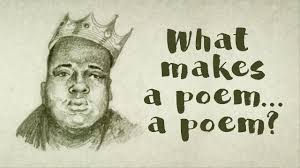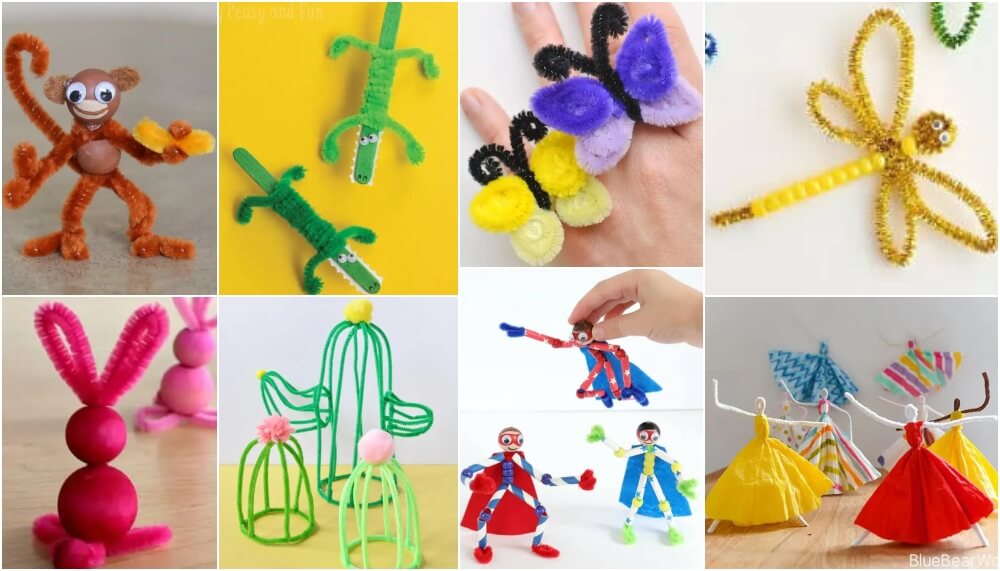What makes a poem … a poem?

Muhammad Ali spent years training to become the greatest boxer the world had ever seen, but only moments to create the shortest poem. Ali captivated Harvard’s graduating class in 1975 with his message of unity and friendship. When he finished, the audience wanted more. They wanted a poem. Ali delivered what is considered the shortest poem ever. “Me, we.” Or is it “me, weeee”?
No one’s really sure. Regardless, if these two words are a poem, then what exactly makes a poem a poem? Poets themselves have struggled with this question, often using metaphors to approximate a definition. Is a poem a little machine? A firework? An echo?
A dream? Poetry generally has certain recognizable characteristics.
- One – poems emphasize language’s musical qualities. This can be achieved through rhyme, rhythm, and meter, from the sonnets of Shakepeare, to the odes of Confucius, to the Sanskrit Vedas.
- Two – poems use condensed language, like literature with all the water wrung out of it.
- Three – poems often feature intense feelings, from Rumi’s spiritual poetry to Pablo Neruda’s “Ode to an Onion.” Poetry, like art itself, has a way of challenging simple definitions.
While the rhythmic patterns of the earliest poems were a way to remember stories even before the advent of writing, a poem doesn’t need to be lyrical. Reinhard Döhl’s “Apfel” and Eugen Gomringer’s “silencio” toe the line between visual art and poetry. Meanwhile, E.E. Cummings wrote poems whose shapes were as important as the words themselves, in this case amplifying the sad loneliness of a single leaf falling through space.
If the visual nature of poetry faded into the background, perhaps we’d be left with music, and that’s an area that people love to debate. Are songs poems? Many don’t regard songwriters as poets in a literary sense, but lyrics from artists like Paul Simon, Bob Dylan, and Tupac Shakur often hold up even without the music.
In rap, poet elements like rhyme, rhythm, and imagery are inseparable from the form. Take this lyric from the Notorious B.I.G. “I can hear sweat trickling down your cheek Your heartbeat sound like Sasquatch feet Thundering, shaking the concrete.” So far, all the examples we’ve seen have had line breaks. We can even imagine the two words of Ali’s poem organizing in the air – Me, We. Poetry has a shape that we can usually recognize. Its line breaks help readers navigate the rhythms of a poem.
But what if those line breaks disappeared? Would it lose its essence as a poem? Maybe not. Enter the prose poem. Prose poems use vivid images and wordplay but are formatted like paragraphs. When we look at poetry less as a form and more as a concept, we can see the poetic all around us: spiritual hymns, the speeches of orators like Martin Luther King, Jr., JFK, and Winston Churchill, and surprising places like social media. In 2010, journalist Joanna Smith tweeted updates from the earthquake in Haiti. “Was in b-room getting dressed when heard my name. Tremor. Ran outside through sliding door.
All still now. Safe. Roosters crowing.” Smith uses language in a way that is powerful, direct, and filled with vivid images. Compare her language to a haiku, the ancient Japanese poetic form that emphasizes bursts of brief intensity with just three lines of five, seven, and five syllables. The waters of poetry run wide and deep. Poetry has evolved over time, and perhaps now more than ever, the line between poetry, prose, song, and visual art has blurred. However, one thing has not changed.
The word poetry actually began in verb form, coming from the ancient Greek poiesis, which means to create. Poets, like craftsman, still work with the raw materials of the world to forge new understandings and comment on what it is to be human in a way only humans can. Dartmouth researchers tested this idea by asking robots to pen poetry. A panel of judges sorted through stacks of sonnets to see if they could distinguish those made by man and machine. You may be happy to know that while scientists have successfully used artificial intelligence in manufacturing, medicine, and even journalism, poetry is a different story. The robots were caught red-handed 100% of the time.
Read More






Responses